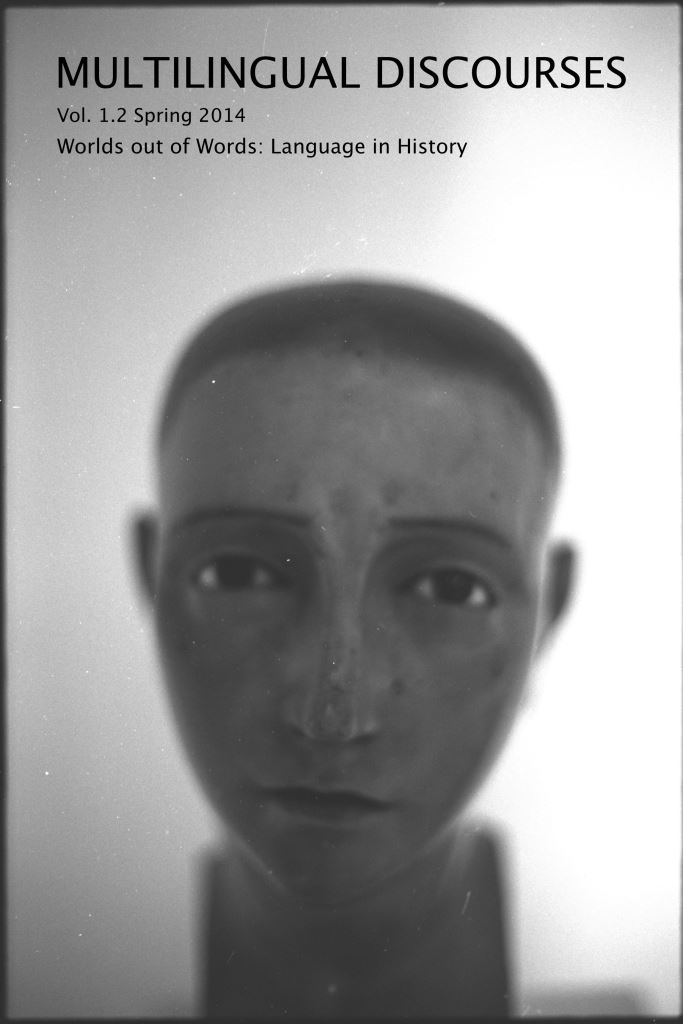The Power of Death: Hierarchy in the Representation of Death in Pre- and Post-Conquest Aztec Codices
DOI:
https://doi.org/10.29173/md22014Abstract
Through an examination of Aztec death iconography in pre- and post-Conquest codices of the central valley of Mexico (Borgia, Mendoza, Florentine, and Telleriano-Remensis), this paper will explore how attitudes towards the Aztec afterlife were linked to questions of hierarchical structure, ritual performance and the preservation of Aztec cosmovision. Particular attention will be paid to the representation of mummy bundles, sacrificial debt-payment and god-impersonator (ixiptla) sacrificial rituals. The scholarship of Alfredo López-Austin on Aztec world preservation through sacrifice will serve as a framework in this analysis of Aztec iconography on death. The transformation of pre-Hispanic traditions of representing death will be traced from these pre- to post-Conquest Mexican codices, in light of processes of guided syncretism as defined by Hugo G. Nutini and Diana Taylor’s work on the performative role that codices play in re-activating the past. These practices will help to reflect on the creation of the modern-day Mexican holiday of Día de los Muertos.
Downloads
Published
Issue
Section
License
Authors retain copyright and grant the journal right of the first publication with the work simultaneously licensed under a Creative Commons Attribution License that allows others to share the work with an acknowledgement of the work's authorship and initial publication in Multilingual Discourses.
Authors are able to enter into separate, additional contractual arrangements for the non-exclusive distribution of the journal's published version of the work (e.g., post it to an institutional repository or publish it in a book), with an acknowledgement of its initial publication in Multilingual Discourses.
Authors are permitted and encouraged to post their work online (e.g., in institutional repositories or on their website) prior to and during the submission process, as it can lead to productive exchanges, as well as earlier and greater citation of published work (See The Effect of Open Access). However, Multilingual Discourses has to be acknowledged as the first publication of a given work, providing a link to the original publication in Multilingual Discourses.
All quoted material, including any visual information such as images, video, figures, and tables must comply with the fair-dealing copyright law in Canada.
For more information, please consult the University of Alberta Copyright Information and Guidelines
Multilingual Discourses ISSN 1929-1515



